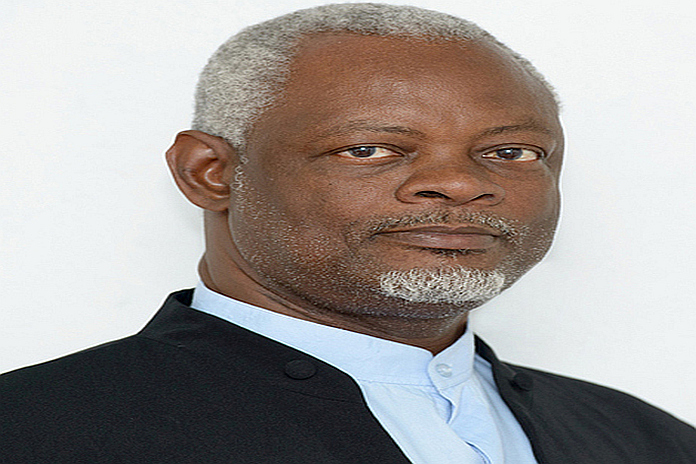Dear Sir
The government’s response to this COVID-19 crisis is more than short-term actions to arrest the spread of the disease; it escalates quite quickly to the decisions on reshaping the economy for the post-COVID-19 era.
These decisions are such that political expediency cannot be entertained, and leaders must take tough decisions that may even be political suicide. It is our children’s future at stake and every parent in Saint Lucia must begin to see it that way, instead of the myopic political prism our society is so prone to be engaged.
I listened to minister Guy Joseph making a case for the government to continue with its ‘legacy’ projects and in the process dismissing the various calls to relook at these projects. The goodly minister was most unconvincing and probably given my experience working in both the public and private sector for over 37 years, his words created even greater discomfort.
Close to eight years ago, I was engaged by the World Bank to develop an Organization of Eastern Caribbean States (OECS), Construction Sector Strategy, which allowed me to look at how construction affected economic growth in the OECS. Coming out of the research, there were eighteen immediate recommendations and five medium-term recommendations presented, which I hope that one of the member states will read one day and implement.
The effect of construction on the economy is not the same in a developed country as it is in a small island state. In a developed economy, there are significant linkages with the manufacturing sector. The plant and equipment, the materials are all produced within the country. So, for the construction of a house in the USA, almost all of the materials are manufactured in the country. Expenditure on social housing, a bridge, a hospital, and/or airport activates are linkages in developed countries. In a small island state, one, therefore, has to look at what portion of the dollar creates such linkages, and those projects that receive a higher ranking, the reality of the loss of foreign exchange earnings within the entire OECS Community.
In the present situation where we are looking at construction to create an immediate impact on the economy, the policy-maker must look at the projects to be pursued differently. One needs to ask the following questions:
- What portion of each dollar is creating linkages with other sectors of the economy?
- What new employment opportunities will be created by the project after constructed?
We can choose to build a bridge from Choc to Rat Island, and while the construction activity will create some jobs, what we have to ask ourselves is what will be the new employment opportunities created after the bridge is constructed. Also, we can build a nuclear reactor, with 90 percent of the cost related to imported material and management. We can have a national drainage programme and activate the truckers, quarries, concrete suppliers, block plants, and community labour. The sole import will be the cement and steel reinforcement, which may be less than ten cents on every dollar.
I remain of the firm belief that the present wing being constructed at St Jude hospital should not go past the core superstructure; and once that is finished, that section should be mothballed for a later date. The loan funds should be used to finish the existing buildings and the commissioning of the hospital. No further local funds should be allocated to the project.
I remain of the firm belief that the Hewannorra International Airport (HIA) project should be scaled down to come within the budget of the Ex-Im Bank loan, and that no further borrowing should be pursued by the government.
The priority components of the project should be the resurfacing of the runway and the improvement of the apron space, with the balance of the loan focused on the terminal building. The loans from the local and regional banks should be cancelled and encourage the banks to divert these resources to create growth in the medium and small enterprise sector.
I know of no tourist that has said they will not come back to Saint Lucia because of our terminal building.
I also plead with all the members of the House of Assembly to spare us this talk about debt to GDP ratio, that metric is now irrelevant in the present economic context. It is your level of debt and the ability to repay your loans that remain the only relevant detail.
John Peters
Civil engineer, Castries, Saint Lucia






Very interesting and profound! Keep posting.